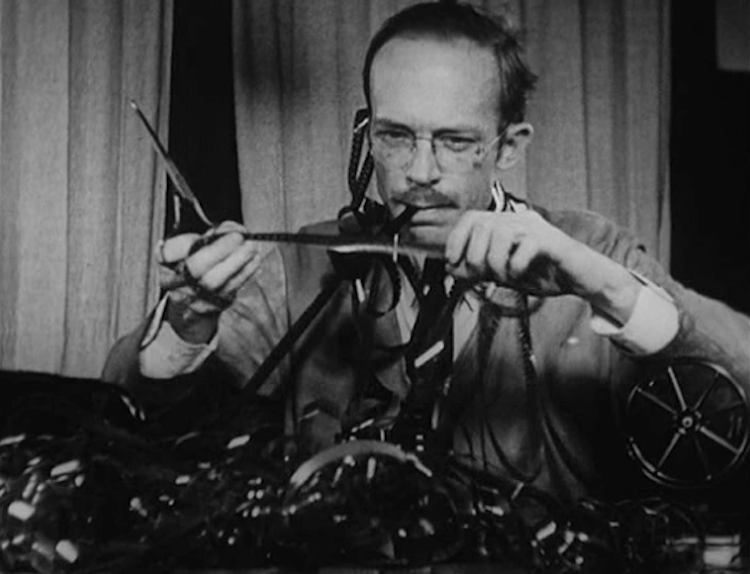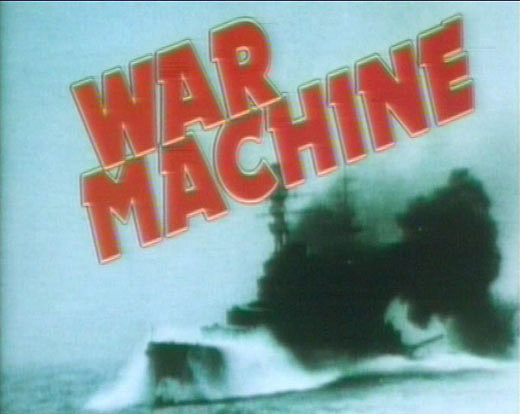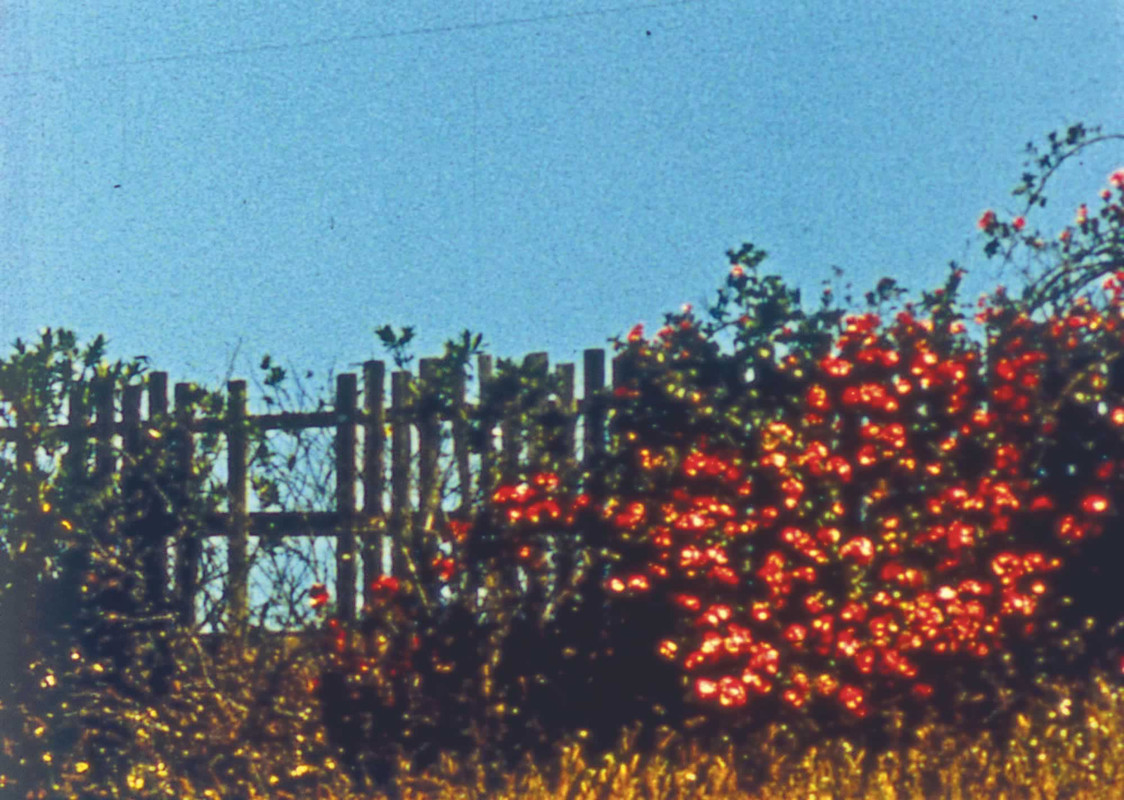L'eclisse del 17 aprile [An Eclipse of the Sun] (1912)
Apr
17
1912

Scientists in impeccable suits observing the 1912 solar eclipse. The colour used for tinting this scene, a turquoise, indicates moonlight/dusk. Image source: Cineteca di Bologna (via).
ShortFilm
絵を描く子どもたち [E o kaku kodomotachi: jidōga o rikai suru tame ni / Children Who Draw] (Susumu Hani, 1956)
Mar
13
Youth Art Month

A little girl painting. DP: Shizuo Komura.
An artistic child for Youth Art Month (USA)
Small children work with clay, paint, and other materials. Under the camera's watchful eye, we see their work come to life.
Le Songe Des Chevaux Sauvages [Dream of the Wild Horses] (Denys Colomb de Daunant, 1960)
Mar
10
ithrah69's birthday

Camargue horses galloping through a haze of water and dreams. DPs: Denys Colomb de Daunant & André Costey.
A film ithrah69 may like for their birthday.
Filmmaker and photographer Colomb de Daunant's spiritual sequel to Crin blanc : le cheval sauvage [White Mane] (1953) and Glamador (1958) follows the same wild Camargue horses in their dreams.
The accompanying music is performed on a Cristal Baschet, a glass instrument key to several avant-garde films. I refer to John Coulthart's writeup about Le Songe, which links through to an article about the Cristal Baschet.
“I like the settings where the lights and desire cross path. The desire to communicate with the invisibles in the darkness, or in memory, or in the future. It's always related to cinema and we as insects that are drawn to lights.”สัตว์วิกาล [Sud Vikal / Vampire] (Apichatpong Weerasethakul, 2008)
Mar
2
Dr. Seuss' birthday

Applying blood to attract the Nok Phii. It's cold. DP: Chaisiri Jiwarangsan.
Imaginary animals or food for Theodor “Dr.” Seuss Geisel's birthday (1904).
– Apichatpong Weerasethakul, via
Villagers in the north of Thailand reported a rare sighting of a male and female Nok Phii, an elusive species of bird that feeds on animals' blood. It is unknown if the sighting was reliable, and if this vampire does, or ever did, exist.
Even: As You and I (Roger Barlow, Harry Hay + LeRoy Robbins, 1937)
Feb
27

A film editor struggling with a long strip of celluloid. DP: Hy Hirsh.
”'I know how you feel,' Reiko says quietly. 'And I will follow you wherever you go.'”憂國 [Yūkoku / Patriotism or the Rite of Love and Death] (Yukio Mishima, 1966)
Feb
26
1936

Reiko (Yoshiko Tsuruoka) walking through her lover's blood, her kimono drenched. DP: Kimio Watanabe.
Covers February 26–28, 1936.
– intertitles
“The most precious thing that we all have with us, is time.”Have I Told You Lately That I Love You? (Stuart Hamisch, 1958)
Feb
24
technology

Straight after dinner, the child returns to his teevee while his mother stands silently in the doorway.
A film about technology on what would've been Steve Jobs' 70th birthday
– Steve Jobs
A nuclear family goes about their machine-driven day while slowly forgetting to communicate.
“For me, Afrikareise is, in its own genre, the most intense sound film that exists. Sound and images are in synch like in nature (even if it isn’t about the natural sound of something). The sound becomes the acoustic portrait of the visual action.”Unsere Afrikareise [Our Trip to Africa] (Peter Kubelka, 1966)
Feb
22
National Wildlife Day

A frame (source) shows a freshly killed zebra on its side. The film stock's perforations and sound track are visible. DP: Peter Kubelka.
Wild animals for this year's first National Wildlife Day (USA). A second one is on September 4.
– Peter Kubelka, via
Commissioned to film a rich Austrian couple's hunting trip, Kubelka sat on the material for several years before editing it in something more than the sum of its parts.
War Machine (Duvet Brothers, 1984)
Jan
21
the passing of Orwell

A repurposed TV still of a battle ship billowing thick black smoke with the text WAR MACHINE superimposed over it.
A scratch video from 1984 on the date George Orwell died (1950). Date of production is either 84 or 85.
“All my life, hold me close to your heart
But all else above
Hold my love, darling, just hold my love”All My Life (Bruce Baillie, 1966)
Jan
18
roses

A still of a red rose bush next to a fence. Image via à pala de walsh. DP: Bruce Baillie.
Roses for the end of the Wars of the Roses (note: January 18 is when Henry VII married Elizabeth of York in 1486; the wars would continue until June 16 the following year).
– Ella Fitzgerald, All My Life (Sidney D. Mitchell & Sammy Stept), 1936
In one continuous shot, the camera tracks a fence and rose bushes while Ella Fitzgerald's 1936 debut song All My Life is playing.